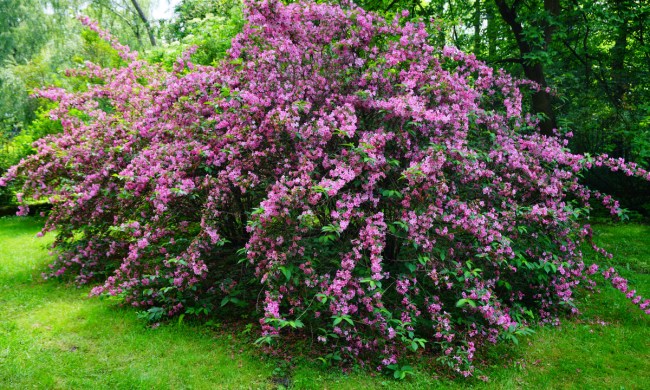In between the animatronic Grinches and faux Christmas trees, you’ll likely find holiday flower bulbs at your local grocery and big-box stores come winter. If you’re interested in growing gorgeous holiday flowers during the holiday, you’ll have plenty of options. Beyond vibrant poinsettias (which aren’t true flowers, anyway), enjoy paperwhites, amaryllises, hyacinths, and other floral delights as you deck your halls.
Holiday flower kits usually come with a growing medium, flower bulb, and pot. All you have to do is provide the bulb with sufficient light and water, and it may even give you gorgeous blooms by Christmas and New Year’s Day. With the right care, you can even get these flowers to rebloom throughout the year.
If you’re curious about the variety of holiday flower bulbs out there, read on to discover the best floral picks for a merry and bright home.
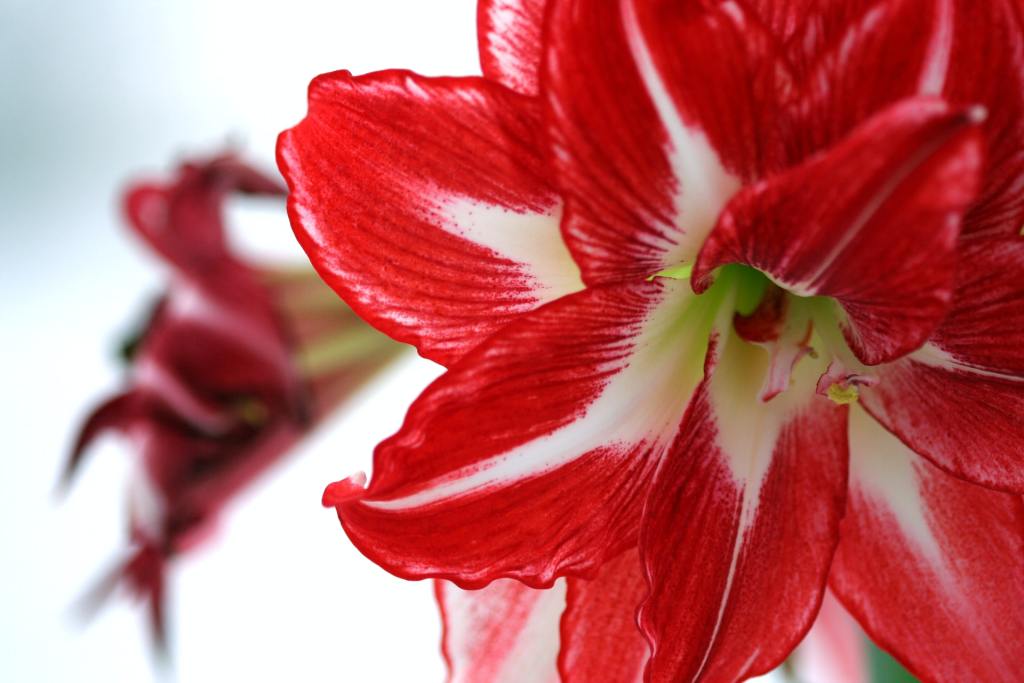
Amaryllis
Typically coming with festive cherry red or red and white petals, the amaryllis is a quintessential Christmas plant. It features showy, fleshy petals with tall leafless stalks. Plant your amaryllis bulb halfway into the soil — it actually prefers to stick out slightly, with a third to a half of the tip exposed.
Keep in mind that the amaryllis enjoys being potbound in a narrow container but would still need a drainage hole to grow. With consistent watering, a sunny window, and a warm environment around 70 degrees Fahrenheit, your amaryllis should be on its way to blooming. Make sure to rotate your pot 180 degrees every day to keep your plant from stretching toward the sun. It takes a month or two for an amaryllis to bloom.
The amaryllis doesn’t really have a dormant period and can continue to grow if you keep it healthy and cut faded flowers. You can even bring your plant outside during the growing season. As we’ve mentioned before, bulbs do well when potbound and only need to be repotted every three to four years. To encourage blooms, fertilize occasionally with a high phosphorus fertilizer.
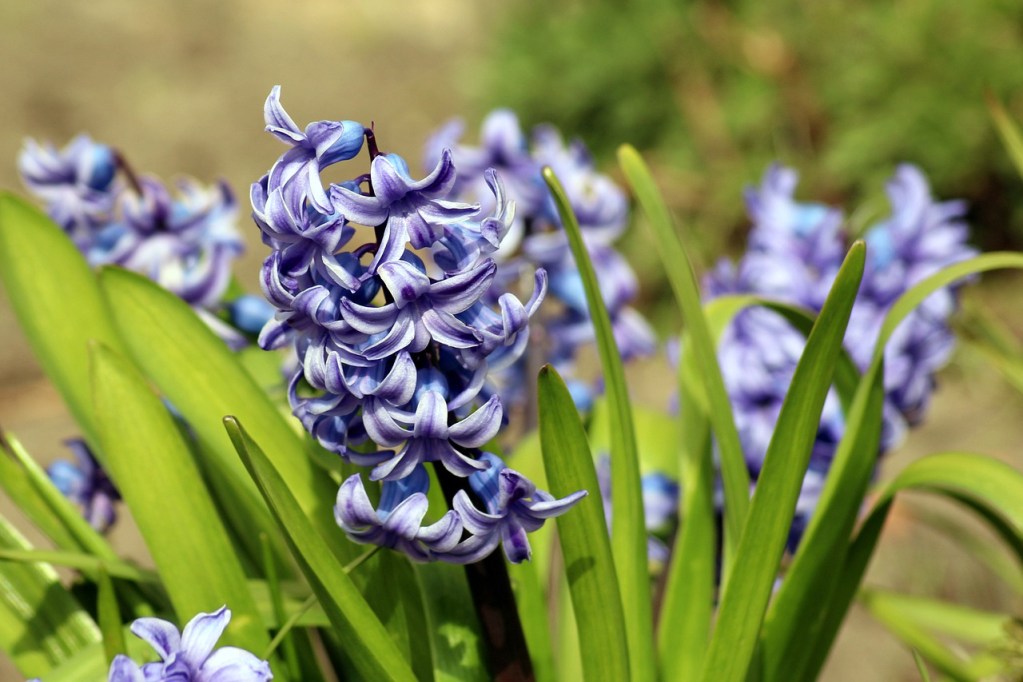
Hyacinth
A perfect showy, fragrant centerpiece for Christmas tables, the hyacinth features clusters of cheerful flowers that come in hues, such as purple, pink, and white. You can find hyacinths as bulbs to plant as well as rooted bulbs in clear vases. When growing them in soil, you cover them with soil (except for the tip) and leave them in a relatively dark, cool area above 45 degrees Fahrenheit until they develop roots. When the shoots are roughly 1 inch, gradually expose them to brighter, warmer conditions. Water your plant deeply, but never let the soil get soggy.
After the flowers fade, you can transplant the bulbs outside — some varieties can handle down to -25 degrees Fahrenheit. Holiday hyacinths are generally pre-chilled, forced blooms. They go dormant after blooming and typically bloom once a year in the spring when you replant them. Note that hyacinths can be skin irritants, so handle them with gloves.
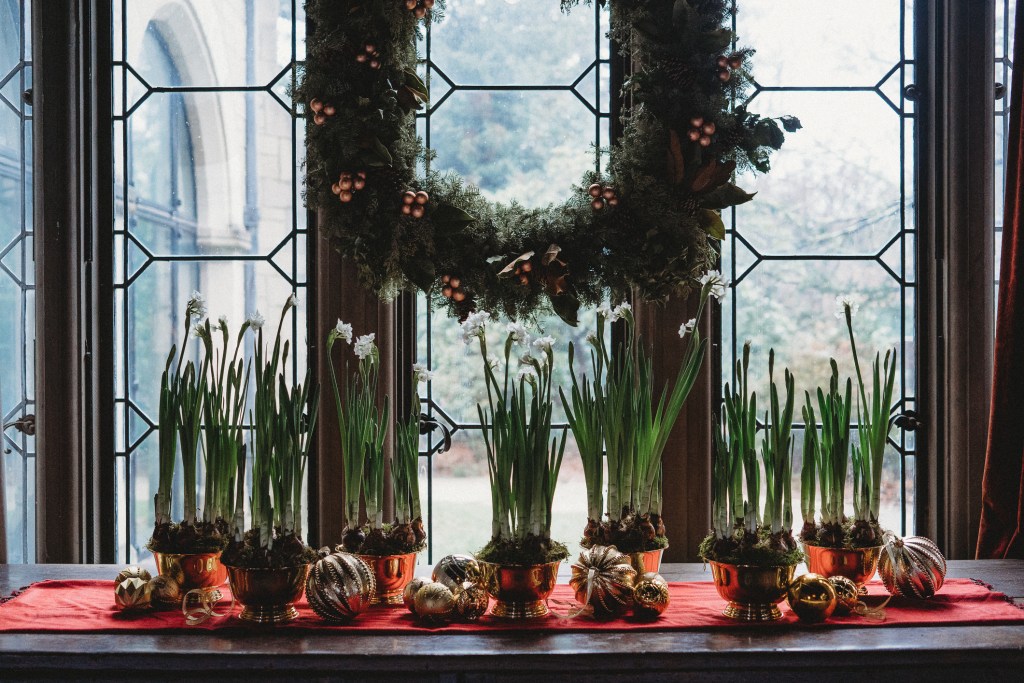
Paperwhite
Related to the daffodil, the elegant paperwhite is a common holiday flower that you’ll find growing in pots and vases through the yuletide season. Featuring tall stems and star-shaped flowers, the paperwhite is relatively easy to grow. Cover the bulbs with potting soil and leave a third of the bulb bare. Water thoroughly, but don’t give your bulbs wet feet. When you notice green growth, expose your bulbs to bright indirect light in a room around 65 degrees Fahrenheit. Enjoy the flowers while they last — they generally stick around for two weeks.
If you’re growing paperwhites in a clear vase with water, you only need to cover the bottom with 2 to 3 inches of pebbles. Place as many bulbs as you can over the rocks with the tip side up, and then pour water into the vessel so it touches the bottom of the bulbs. Because paperwhites are notorious for getting floppy, keep them short by using a solution of one part alcohol to seven parts water once the leaves and stems form. This solution should not impact the flower size.
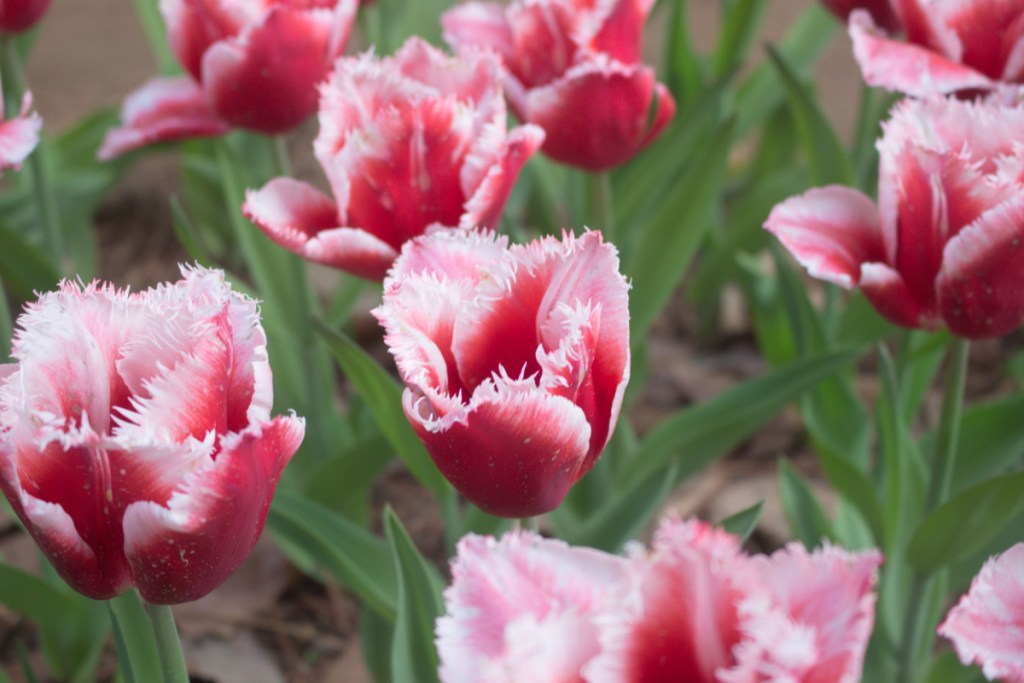
Canasta tulips
In contrast with more cheerful yellow and orange tulips, canasta tulips feature festive pinkish-red blooms with fringed white edges. Although associated with spring, these can bloom in late winter — you could also pick up bulbs as winter gifts that flower in the spring.
Tulips can be tricky when it comes to forced blooming, so you want to give them a three- to four-month cooling period. You can force potted bulbs to bloom by chilling them between 32 and 50 degrees Fahrenheit in a dark, cool area like a garage or refrigerator. When bulb sprouts grow, you no longer have to chill them. As soon as the shoots are 2 inches, bring the bulbs to a warm, sunny window that’s around 60 to 65 degrees Fahrenheit. Flowers should bloom in a month.
Scilla flowers
While typically considered early spring blooms, scilla flowers can be forced to bloom early indoors just in time for a blue Christmas. (These low growers often feature blue bell-shaped blooms with glossy foliage.) Again, you can chill them for about 10 to 12 weeks in an area that’s roughly 35 to 45 degrees Fahrenheit. Pot them up with their necks exposed — you’ll see foliage growth in three to four weeks and blooms in a week or two after stalks emerge.
Hardy in zones 3 to 8, scilla flowers are relatively cold tolerant. After they bloom indoors, pop them in the garden and bury them 5 to 5 inches deep beneath the soil. Bear in mind that they appreciate sandy, well-draining soil and don’t like wet feet.
If you want to get into the yuletide spirit beyond the tinsel and lights, pick up a flower bulb. While many holiday bulbs have been pre-chilled, you may need to be a little patient and give your bulbs a cooling period to get them to bloom around Christmas and New Year’s. Otherwise, all you have to do is give your holiday flower bulb light, warmth, and water to get it to flower beautifully for gorgeously festive greenery.




